Climate change is the make or break issue in the upcoming elections, in New South Wales (NSW) this month and Federally in May. Looking to strengthen its green energy propositions just days out from the state elections, the NSW Coalition government has pledged to make it easier for apartments to go solar and keep power bills down, as well as to work with the private sector on adding more renewable infrastructure and reducing landfill from solar and battery systems.
“We are lowering the voting threshold from 75 to 50% to more easily install solar panels, battery storage and electric vehicle charging points in strata buildings,” Premier Gladys Berejiklian said. “We want everyone to have access to renewable energy and lower energy bills.”
Minister for Energy Don Harwin said the NSW Liberals & Nationals Government would also commit an additional $20 million to the Emerging Energy Program, bringing the total investment to $75 million in the renewable technologies of the future.
“Our Emerging Energy Program will work with the private sector to co-fund around 400 MW of new large scale, on-demand renewable energy projects, like batteries, pumped hydro and hydrogen,” Harwin said. “These new projects will add to our pipeline of close to 19,000 MW of renewable projects worth more than $26 billion – a huge pipeline of potential jobs and investment.”
The NSW government launched the $55 million energy transition program in October in order to support the commercialization of new low-emissions, large-scale power generation and storage projects, as well as underpin feasibility studies to help get new projects off the ground. This was one of the major steps in the right direction the current government has made given the state’s tardy energy transition.
While it may not have a renewable energy target and is lagging behind other states in embracing renewables, NSW also does not have a clear plan to replace its ageing and unreliable coal power stations, such as Liddell scheduled for closure in 2022. But, in the run-up to the Saturday elections, climate change ambitions appear to be stronger than ever.
“The NSW Liberals & Nationals believe in practical action on climate change and our environment in partnership with the private sector and communities across NSW to deliver our goal of achieving net-zero emissions by 2050,” Harwin said.
The two ministers have also announced $10 million for a new recycling fund for solar panels and battery systems.
“Solar panels have a life of about 30 years and across Australia, roughly 30,000 tonnes will enter landfill by 2030,” Berejiklian said. “This new fund will help to build on the $800 million of waste and recycling initiatives currently being funded by the NSW Liberals & Nationals, including the Return & Earn Container Deposit Scheme.”
Previously, the NSW Coalition government had pledged to allocate $3.2 billion in interest-free loans to households to buy solar and battery systems, and committed to increasing its transmission capacity to make room for more solar and wind by accelerating $2.5 billion worth of transmission projects. In terms of storage, the NSW government has announced plans for 24 pumped hydro projects totaling 7 GW, which could produce enough power to supply 50% of the state’s demand on the hottest days.
Announcing the new initiatives, the Coalition used the chance to remind that it has provided support for 51 renewable energy projects worth close to $10 billion in investment and 6,500 MW of capacity since 2013. On top of that, it has invested $1.4 billion under the Climate Change Fund to reduce emissions and help households and businesses save energy, approved one of Australia’s largest wind farms at Liverpool Plains, and embarked on offsetting all emissions from the Sydney Metro Northwest through its investment in the Beryl Solar Farm.
The Coalition announcement comes hot on the heels of the NSW Labor’s pledge to invest $100 million in solar installations to help power around 350 schools in the state made in the wake of last Friday’s School Strike 4 Climate protests. Previously, Labor promised to bring the country’s most polluting state in line with other Australian states by setting a renewable energy target, which would ensure generation of 50% of the state’s energy needs from renewable sources by 2030. On top of that, it committed to introduce $2,200 rebates for half a million households for solar systems.
According to recent pools, the Saturday elections are likely to be close. Last week, a Newspoll had a 50-50 tie, while a ReachTEL poll gave Labor a 51-49 lead. To make sure the electorate can keep track of the climate and energy-related election promises, the Smart Energy Council has compiled the following list:
NSW Labor Party
- At least 50% of the state’s energy sourced from renewables by 2030.
- 7 gigawatts of large-scale renewables by 2030: 6 GW by reverse auction, 1 GW through a new State-owned corporation (with 4 GW in first term of government);
- 500,000 new solar homes by 2030, delivered via a $2,200 subsidy;
- $100 million solar schools package for solar on more than 350 schools;
- $11 million to train electricians in solar and battery storage;
- 100% renewables for all State Government agencies by 2025;
NSW Liberal Party
- No-interest loans for solar and battery storage for 300,000 homes. This includes loans over 10 years of up to $9,000 for a battery system and up to $14,000 for a solar-battery system;
- Make it easier for strata committees to approve solar panels and batteries for apartment blocks by lowering the voting threshold from 75% to 50%;
- An extra $20 million to the Emerging Energy Program, encouraging private-sector investment in large-scale electricity and storage projects;
- $10 million for a new recycling fund for solar panels and battery systems.
NSW Greens Party
- Establish a new publicly owned electricity company to generate, distribute and retail renewable energy;
- $1 billion to support local community renewable projects and $1.5 billion a year in large-scale, publicly owned renewables projects;
- Rebates for more than one million households to install solar panels and battery storage.
This content is protected by copyright and may not be reused. If you want to cooperate with us and would like to reuse some of our content, please contact: editors@pv-magazine.com.
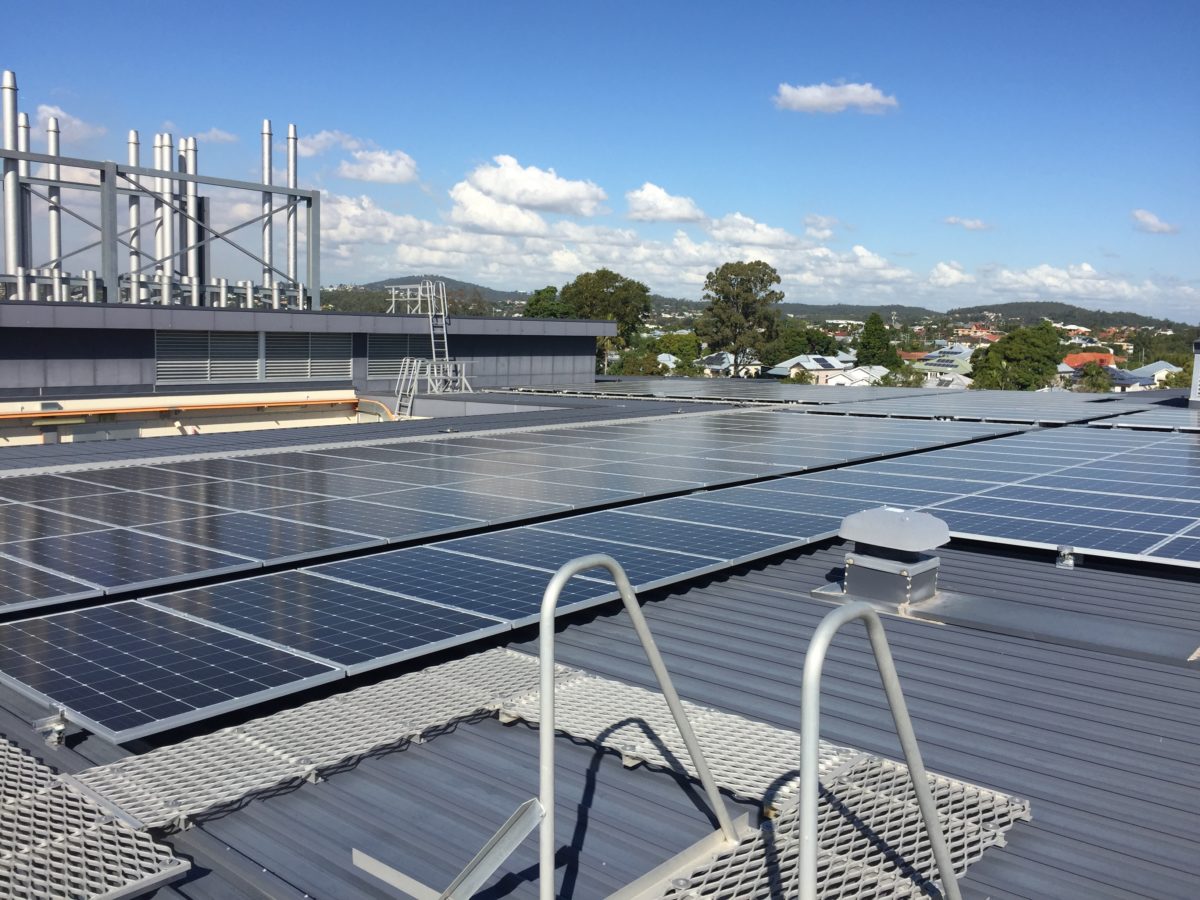


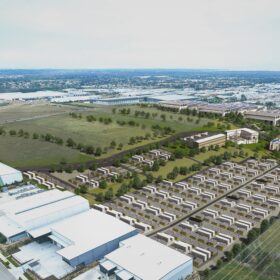

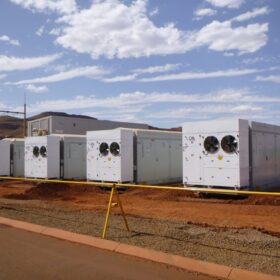
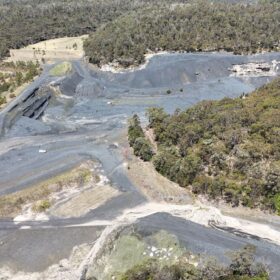
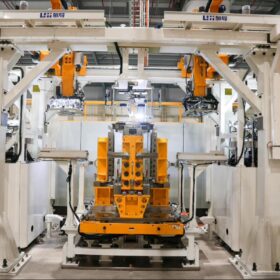
By submitting this form you agree to pv magazine using your data for the purposes of publishing your comment.
Your personal data will only be disclosed or otherwise transmitted to third parties for the purposes of spam filtering or if this is necessary for technical maintenance of the website. Any other transfer to third parties will not take place unless this is justified on the basis of applicable data protection regulations or if pv magazine is legally obliged to do so.
You may revoke this consent at any time with effect for the future, in which case your personal data will be deleted immediately. Otherwise, your data will be deleted if pv magazine has processed your request or the purpose of data storage is fulfilled.
Further information on data privacy can be found in our Data Protection Policy.